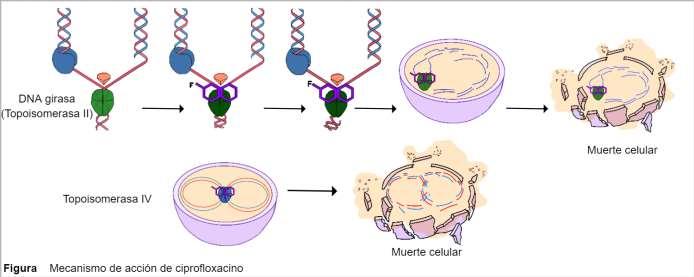
3 minute read
FDAU-25 ARTRITIS SÉPTICA DE RODILLA
22 al 26 de noviembre
FDAU-25 ARTRITIS SÉPTICA DE RODILLA
Advertisement
Novelo, AL1; Carranza, D1; Mata, RC1; Lozano, JA1; Barraza, LE1; Palacios, RA1 1. Facultad de Medicina, UAdeC
RESUMEN
INTRODUCCIÓN
La artritis séptica es una infección en el espacio articular causada por un patógeno que llega por diseminación hematógena o extensión de una osteomielitis. Se reportan 4-12 casos por cada 100,000 habitantes por año. El S. Aureus es causante de más de la mitad de los casos.
PRESENTACIÓN DE CASO
Masculino de 75 años con diabetes mellitus tipo II recién diagnosticada. RAFI por fractura de rodilla hace 7 meses y retiro de MOS hace 4 meses. El paciente presentó una fístula que se resolvió. Llega al servicio de urgencias por dolor en la rodilla derecha. Después de realizar una artrocentesis se obtuvo material purulento que se mandó a cultivo, con lo cual se hizo el diagnóstico de artritis séptica por S. aureus. A lo largo del padecimiento se trató con diferentes antibióticos; uno de ellos, la ceftriaxona. El paciente sigue en manejo esperando mejoría clínica.
JUSTIFICACIÓN DE TRATAMIENTO
El paciente fue manejado con una gran variedad de antibióticos. Antes de tener el resultado del cultivo, se le administró un antibiótico como lo marcan las guías, en este caso se utilizó Ceftriaxona (1g cada 12 hrs).
CONSIDERACIONES ÉTICAS
El antibiótico precultivo se selecciona dependiendo del patógeno más común que ataca al grupo de edad del paciente. En este caso se eligió un medicamento que no pertenecía al adulto mayor.
DISCUSIÓN DE MECANISMO
La ceftriaxona impide la síntesis de la pared bacteriana al inhibir el PBP, interfiriendo con la transpeptidación de la cadena peptídica, ocasionando una lisis bacteriana.
CONCLUSIÓN
La ceftriaxona es sensible a menos de la mitad de las cepas de S.aureus, y no es el antibiótico de elección para la artritis séptica en este grupo etario, por lo que la revisión de literatura es muy importante para la prescripción de antibióticos frente a un patógeno peligroso.
ABSTRACT
INTRODUCTION
Septic arthritis is an infection in the joint space caused by a pathogen that arrives by hematogenous spread or extension of osteomyelitis. It is reported in 4-12 cases per 100,000 inhabitants per year. S. aureus causes more than half of the cases.
CASE PRESENTATION
75-year-old male with newly diagnosed type II diabetes mellitus. RAFI for knee fracture 7 months ago and MOS removal 4 months ago. Patient presented with a fistula that resolved. He comes to the emergency
22 al 26 de noviembre
department for right knee pain. After performing an arthrocentesis, purulent material was obtained and sent for culture, which led to the diagnosis of septic arthritis due to S. aureus. Throughout the course of the disease, he was treated with different antibiotics, one of them, ceftriaxone. The patient is still under management awaiting clinical improvement.
JUSTIFICATION FOR TREATMENT
The patient was managed with a wide variety of antibiotics. Before the culture results were available, an antibiotic was administered as per guidelines, in this case Ceftriaxone (1g every 12 hrs) was used.
ETHICAL CONSIDERATIONS
The pre-culture antibiotic is selected depending on the most common pathogen attacking the patient's age group. In this case a drug was chosen that did not pertain to the older adult.
DISCUSSION OF MECHANISM
Ceftriaxone prevents bacterial wall synthesis by inhibiting PBP, interfering with peptide chain transpeptidation, causing bacterial lysis.
CONCLUSION
Ceftriaxone is sensitive to less than half of S. aureus strains, and is not the antibiotic of choice for septic arthritis in this age group, so literature review is very important for antibiotic prescription against a dangerous pathogen.










